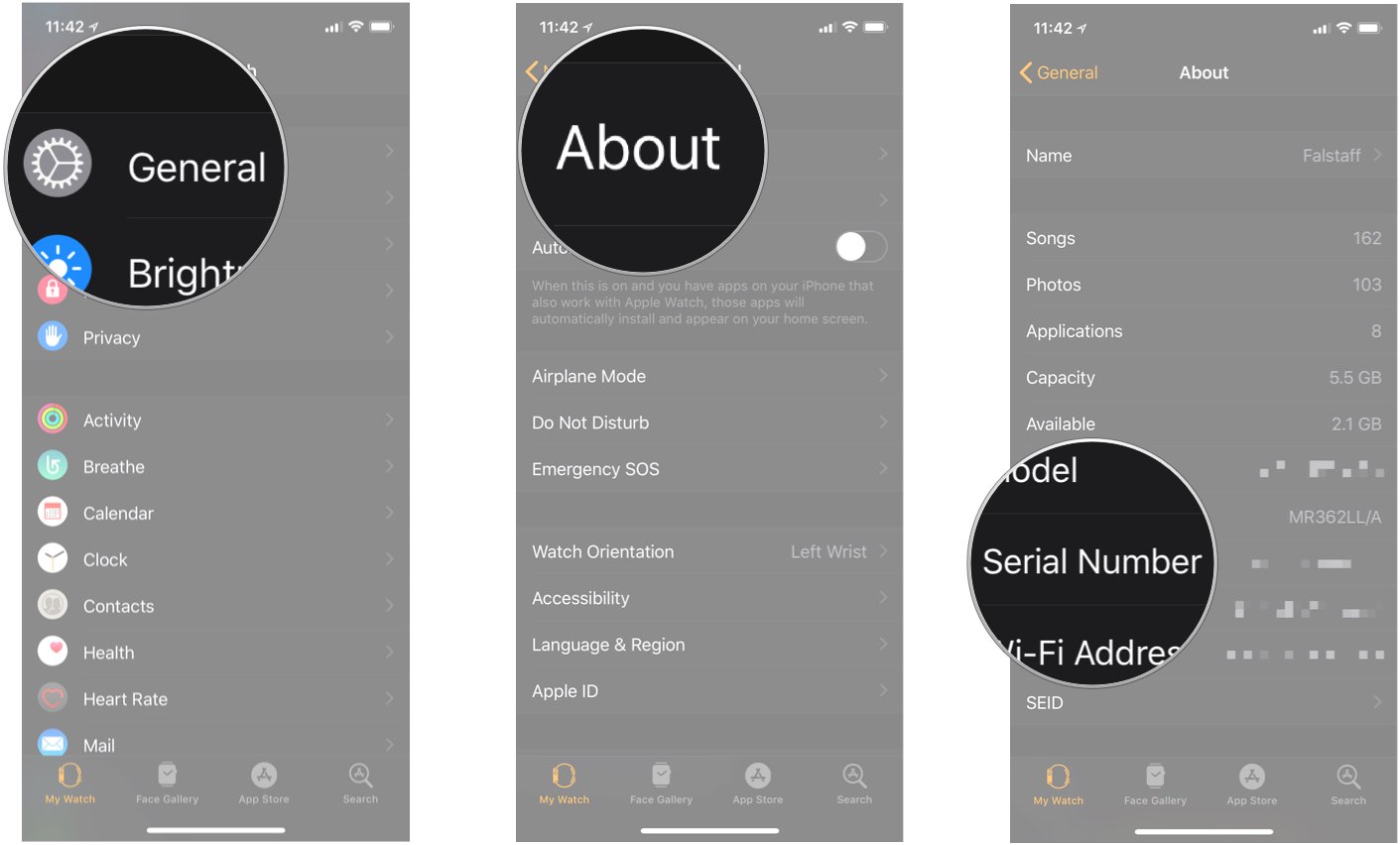Among Young and Helfricht’s most enduring styles were the prolific use of vine scrolls, leaf designs and variations such as the popular bank note scroll, all of which were to become hallmarks of both the Young and Helfricht shops at Colt. Their deluxe presentation models often had engraved screw heads as well—a little something extra that was not generally done in standard engraving. The addition of animals and symbols within the scrollwork (established by Young), punch-dot backgrounds and gold inlay was another trait of their finest work for Colt.Gustave Young and his shop produced engraved guns for Colt from 1852 through 1869.
In the late 1850s, Young was joined by Charles J. Helfricht and his son Cuno, who was only 20 years old at the time. Cuno followed in his father’s footsteps as a contract engraver for Colt with more work coming his way in 1869, when Young departed Hartford and moved his family and shop to Springfield, Massachusetts, to establish his own independent firearms-engraving business. Cuno Helfricht would soon rise to the position of Colt’s chief engraver, a post he held from 1871 to 1921.
And that means he engraved the earliest examples of the Colt Model 1911. This Government Model 1911A1 pistol is blued with Colt Grade “C” factory engraving and fitted with gold-inlaid ivory stocks. It was engraved by Wilbur A. Glahn in 1925 as a gift from Connecticut Governor John H. Trumbell to Virginia Governor E.
Serial Number Engraving Machine

Lee Trinkle.Helfricht was joined in 1919 by other legendary engravers: Wilber A. Glahn, who remained with Colt until 1950, and Rudolph Kornbrath, who worked as a factory engraver from 1919 to 1940, along with W.H. Today their early, documented, factory-engraved 1911s are among the most prized examples, with prices hovering anywhere from $50,000 to $85,000.RELATED STORY. The evolution of Colt 1911 engraving styles actually began with the Model 1905, the original.45 ACP model. Only six pistols were factory engraved in the series before the 1905 was replaced in 1911 by the new Government Model 1911.
According to Colt historian R.L. Wilson, approximately 140 Colt Model 1911 and 1911A1 pre-WWII pistols were factory engraved, and of that number, seven are known to have been gold inlaid. The style of engraving, in keeping with the Helfricht shop, featured scroll and border work. The best models from the factory engravers often had the top and sides of the slide covered with deeply cut and skillfully executed scrollwork. The sides of the frame, the bottom of the trigger-guard, the bottom of the grip and the mainspring housing were also decorated in a similar scroll pattern. Both the slide stop and safety lock could have light engraving as well, and the edges of the frame above and behind the trigger were finely checkered. The most highly engraved 1911 examples were the Colt National Match.45s produced from 1933 through 1941.
Approximately 25 were done with almost full coverage, with three known to have also been gold inlaid. The engraving style was again traditional scrollwork with borders.Into World War II Engraved by Jan Gwinnell in 1982, this outstanding example of a Series 70 Gold Cup National Match pistol features beautifully executed broad leaf scroll engraving with a punch-dot background covering 95 percent of the gun. The handsomely factory cased set includes a matching.22 conversion kit.Interestingly, Model 1911A1 engraving was extremely rare during WWII and did not emerge again as a popular option until the early postwar era. Today, postwar examples and later Series 70 National Match pistols (1970-1983) still command up to $15,000.RELATED STORY.